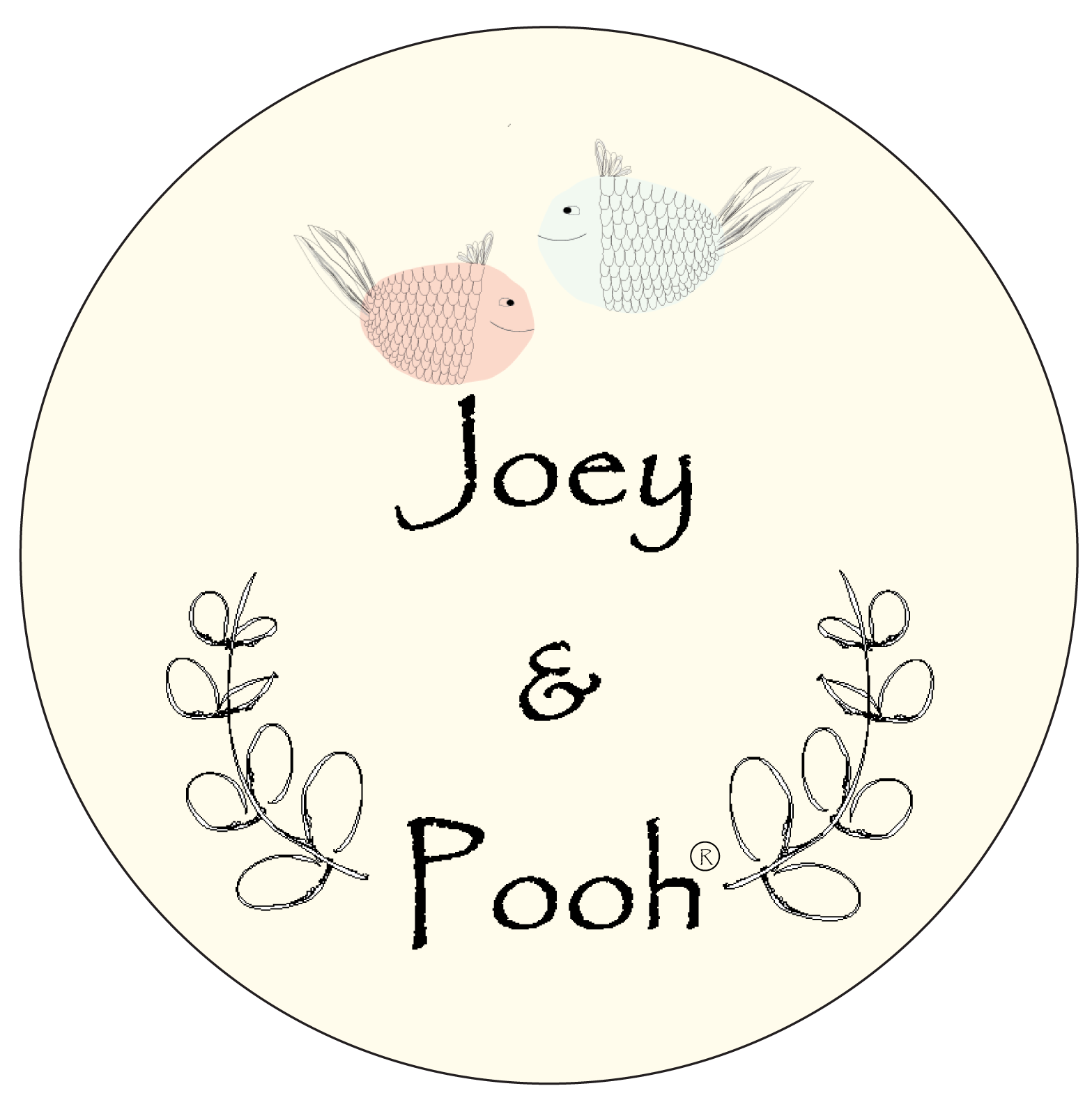Flamboyant and versatile, headbands have been in trend for nearly 2500 years. Over time, they have taken myriad shapes and styles but their unique appeal remained the same.
At Joey and Pooh HQ, we are interested in the evolution story of the fashionable headbands and how they endured the sartorial frivolities for over two centuries. Our discussion begins with Ancient Greece, where headbands were basically laurel wreaths worn to celebrate special events. They were bestowed upon the winners (mostly men) of athletic and poetry competitions. From there, they became an icon of distinction and accomplishment passing the tradition of rewarding present-day Nobel laureates and Olympics’ champions with contemporary wreaths.

While men in Ancient Greece flaunted wreaths, well-bred women wore stone-studded diadems. They were exquisitely beautiful and crafted to perfection.

For the next two millenniums, nothing much was documented about headbands. Thus, we fast-forward to the 20th-century Paris, where fashion titans like Paul Poiret and Coco Chanel were making an impact with headbands for girls prompting the resurgence of this ancient hair accessory. At that time, Paris was reeling under the jazz obsession and whims of the Orient. Use of sequins, beads and feathers was on the rise along with plush velvet and intense colours.

Soon, embellished turban headbands started to explode the fashion realms of uptown Paris. They became a wardrobe staple and were mostly worn by starlets and the likes. Even, Americans adored them and familiarized the look. You will find Princess Grace Kelly and Audrey Hepburn sporting chic headscarves while posing. Coco Chanel was also a big fan of this trend. See how she posed with Serge Lifar; they were such a striking power couple!

However, during WWII, the headbands transformed into something different from their bejewelled predecessor. They became utilitarian from being decorative. The position of women changed in the professional sphere as well. As men were sent to fight at the front, the women joined the workforce leaving their domestic lives behind. More than a fashion accessory, they used headbands as a protection against the heavy machinery while supporting the war efforts. Polka-dotted red headscarves became extremely popular during this period. Some were even printed with detonating cannons.

Post-war, headbands returned to their ornamental roots. Plastic headbands with beehive hairstyle became the norm. British and American ladies were inspired to popularise the trend. Headbands with bow also gained accolades. If you haven’t been living under the rock, you would know how Hillary Clinton resplendently wore Alice bands while Gossip Girl’s Blair Waldorf took the headband game to the next level. Since then, the headband has become the ultimate style essential worth adding to your repertoire. Retaining its allure and erstwhile enigma, the trend is here to stay and for long!


